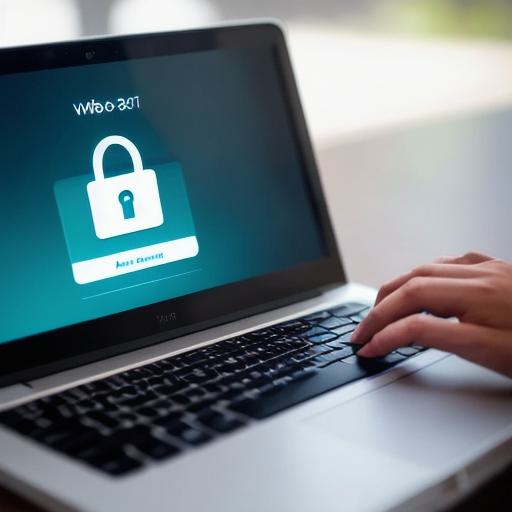Unlocking the Future: Understanding the Mechanics of Web3 Login

Web3 technology is revolutionizing the way we interact with online platforms, and one crucial aspect of this new era is secure login mechanisms. As more people adopt Web3 wallets, understanding how to securely log in to these platforms becomes essential. In this article, we’ll dive into the mechanics of Web3 login, exploring its benefits, challenges, and best practices to help you stay safe while navigating this exciting new world.
Why Web3 Login Matters
Web3 login is more than just a technical aspect of online platforms; it’s a crucial element that ensures your data and assets are secure. With the rise of decentralized applications (dApps) and non-fungible tokens (NFTs), people are increasingly using Web3 wallets to store their digital belongings. To access these assets, you need to log in to the platform securely.
Benefits of Web3 Login
Web3 login offers several benefits that make it a preferred choice over traditional login mechanisms. Here are some key advantages:
- Decentralization: Unlike traditional platforms, which rely on centralized servers, Web3 login is decentralized, meaning your data and assets are stored across multiple nodes, reducing the risk of hacking or data breaches.
- Control: With Web3 login, you have complete control over your digital identity, allowing you to manage your login credentials and access settings as you see fit.
- Privacy: Web3 login ensures that your personal information is kept private, with only you having access to it.
- Security: Web3 wallets are designed with security in mind, offering multiple layers of encryption to protect your assets from theft or loss.
Challenges of Web3 Login
Despite the many benefits of Web3 login, there are also challenges that you need to be aware of. Here are some common issues:
- Complexity: Web3 login can be complex, with multiple steps and requirements that may confuse some users.
- Compatibility: Some dApps may not support certain Web3 wallets or platforms, leading to compatibility issues.
- Security risks: While Web3 wallets are generally secure, there is still a risk of hacking or phishing attacks if you’re not careful.
- Legal issues: The legal landscape for Web3 technology is still evolving, with some countries taking a more cautious approach to decentralized platforms.
Best Practices for Web3 Login
To ensure your Web3 login experience is safe and secure, follow these best practices:
- Use a reputable Web3 wallet provider: Choose a reliable Web3 wallet provider that has a proven track record of security and customer support.
- Enable multi-factor authentication: Enable multi-factor authentication whenever possible to add an extra layer of security to your login process.
- Keep your devices secure: Make sure your computer or mobile device is up to date with the latest security patches and use antivirus software to protect against malware attacks.
- Be cautious about phishing attacks: Be aware of potential phishing scams and never click on suspicious links or download attachments from unknown sources.
- Keep track of your passwords: Use a password manager to keep track of your login credentials, especially if you’re using multiple Web3 platforms.
Real-Life Examples of Web3 Login
To illustrate the benefits and challenges of Web3 login, let’s take a look at two real-life examples:
Example 1: OpenSea

OpenSea is one of the most popular dApps for buying and selling NFTs. To log in to the platform using Web3 wallets, you need to connect your wallet to OpenSea’s interface. Once connected, you can browse NFT listings, make purchases, and manage your assets securely.
Example 2: MetaMask Wallet
MetaMask is a popular Web3 wallet that supports various blockchain networks, including Ethereum and Polygon. To log in to the platform, you need to create a MetaMask account and connect it to the dApp you want to access. You can then manage your assets, make transactions, and interact with the dApp using MetaMask’s secure login mechanism.
FAQs
- What is Web3 login?
Web3 login refers to the process of securely accessing online platforms that use Web3 technology, such as decentralized applications (dApps) and non-fungible tokens (NFTs), using a Web3 wallet. - Why is Web3 login important?
Web3 login is important because it ensures the security and privacy of your digital identity and assets while interacting with online platforms. - What are some common challenges of Web3 login?
Some common challenges of Web3 login include complexity, compatibility issues, security risks, and legal concerns. - How can I stay safe while using Web3 login?
To stay safe while using Web3 login, you should use a reputable Web3 wallet provider, enable multi-factor authentication, keep your devices secure, be cautious about phishing attacks, and keep track of your passwords.








